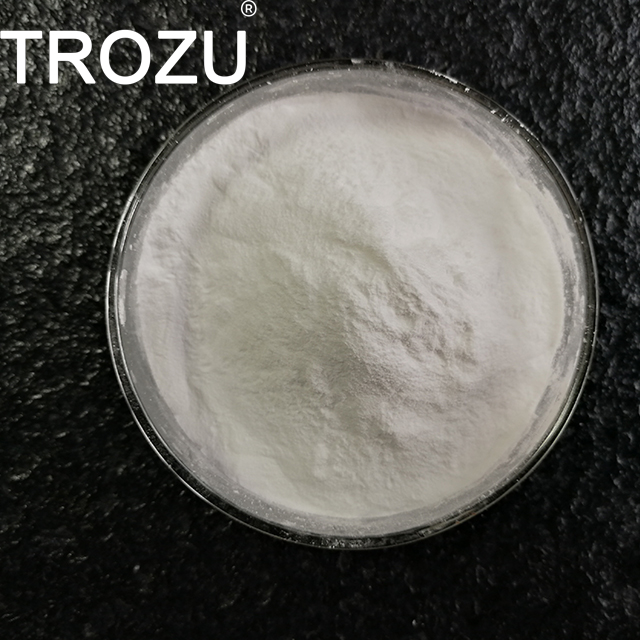发布日期:2018-06-15 浏览次数:93031
Material cow note: the wear of industrial tools has been a "old and difficult problem"
problem. The traditional chromium plating process is slowly abolished because of the
carcinogenicity of six valence chromium. PVD and thermal spraying also have its
inherent limitations. The CVD coating can reduce the wear of forming tools, improve
the life of the tool, keep the finish of the workpiece surface, and also reduce the
surface of the workpiece. Less stop time, reduce waste rate.
brief introductionIndustrial applications often use more complex tools, such as extrusion, injection
molding, and some other material forming technologies. Machining tools such as cos
t intensive machining and finish machining depend on hard materials such as
cemented carbide and tool steel. For example, the extrusion die controls the outer
tube shape of the product, and once the mold is corroded or worn, it can not
continue processing. The resulting problems may affect productivity and increase
additional downtime costs.

The use of a large hard material processing tool can reduce the problems of wear
and tear, but it will be very challenging if the shape of the workpiece is unique and is
not conducive to processing, and the cost will increase. The alternative is to use hard
tools and apply hard coatings. For example, cemented carbide steel is easy to form
and is coated on its surface to form a hard surface. The result of the combined effect
is that the life of tools is increased and the risk of deterioration of surface quality is
greatly reduced. This method improves productivity, reduces tool wear and tool
replacement costs.
Process plan - new process VS traditional process
Hard chromium plating (HCP), physical vapor deposition (PVD) and thermal spraying
are traditional methods used in industrial tools. Each method has its own limitations.
A thick and stable coating can be used by thermal spraying, but its surface is rough
and porous and needs to be lapping. It can not be used for a tool with complex
shape. The preparation of a coating with a thickness less than 4 m hard and thin
can be used in the PVD method, but its bearing capacity is limited. The application
of these coating methods is attributed to the stabilization of the sight line, but such
a coating method is not suitable for complex design and internal surface plating.
Although chromium plating can be worn and corroded to a certain extent, the EU
will eliminate the process due to the carcinogenic effect of six valent chromium salts,
which will be banned by 2017. At the same time, the occupational safety and Health
Administration (OSHA) also imposed strict restrictions on it.
It
Chemical vapor deposition (CVD) is an atom of an atom that begins to crystallize from
the gas phase, forming a conformal coating that can be distributed on the outer surface
and in a complex shape. The chemical vapor deposition occurs at a temperature of
about 500 C vacuum reaction chamber, and the microstructure of the coating is
distributed evenly by the tungsten carbide nanoparticles of 1 - 10nm. Nanomaterials
have unique crack, toughness and impact resistance characteristics. It
Advantages of nanostructured CVD coating
The CVD technology extends the application field of hard coatings, which can be
evenly coated on the parts with internal and external surfaces and complex shapes.
This performance is essential for the tools to handle abrasive materials, such as plastic,
metal injection, extrusion wood plastic composite, powder molding and ball making.
In addition, the CVD coating can reduce the wear of the material forming tool, which
can increase the life of the tool by three times, keep the finish of the workpiece
surface, reduce the stop time and reduce the waste rate.
Guangzhou XiJia Chemical Co.,Ltd